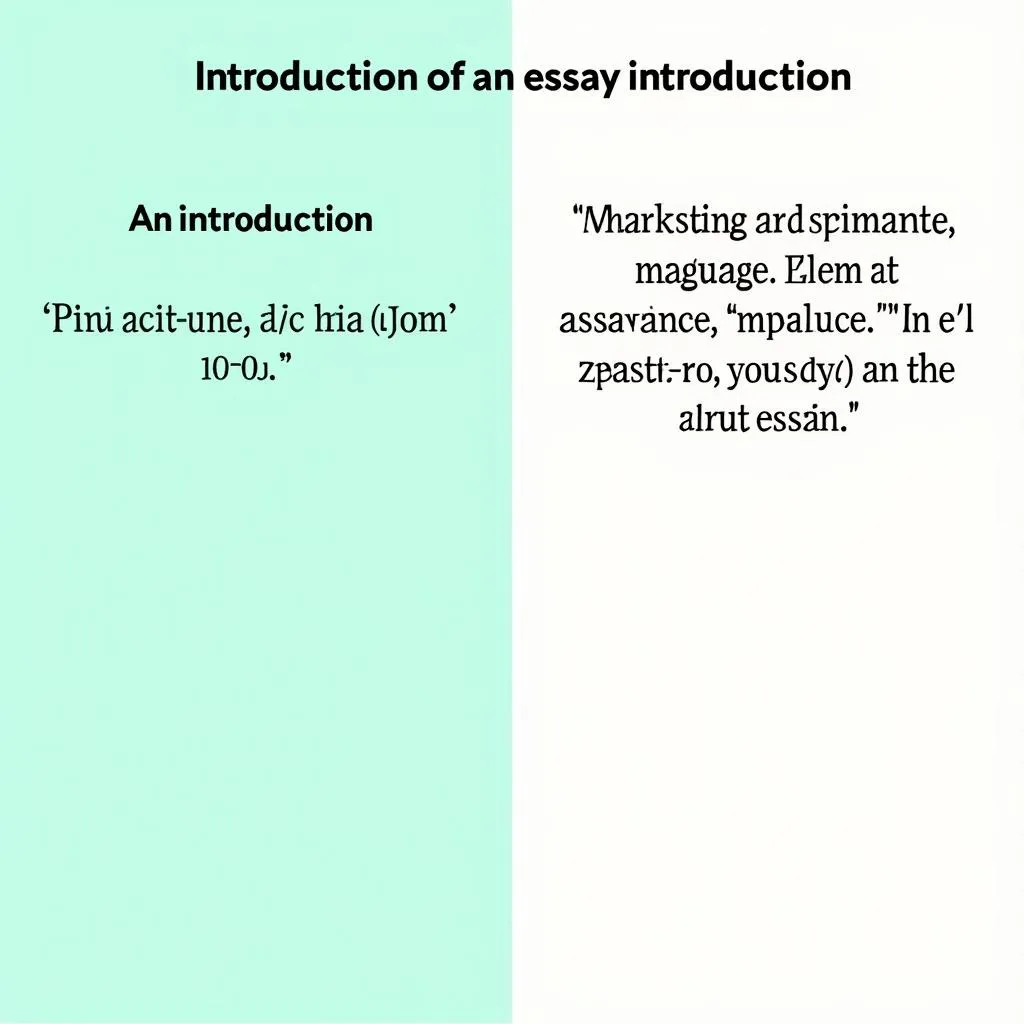Are you struggling with the PTE Academic essay writing task? A strong introduction is crucial for setting the tone and direction of your essay. In this guide, we’ll explore ten essential tips to help you craft compelling introductions that will impress the examiners and boost your PTE writing score.
Understanding the Importance of a Strong Essay Introduction
Before diving into the tips, it’s essential to recognize why a well-crafted introduction matters in PTE essay writing. A strong introduction serves as the foundation for your entire essay, providing context, presenting your main argument, and engaging the reader from the start. It’s your opportunity to make a powerful first impression on the examiner.
How to score 79+ in PTE emphasizes the significance of mastering each section of the test, including the writing module. With that in mind, let’s explore the key strategies for creating impactful essay introductions.
1. Analyze the Essay Prompt Carefully
Before you start writing, take a moment to thoroughly analyze the essay prompt. Identify the key themes, keywords, and any specific instructions provided. This step is crucial for ensuring your introduction addresses the topic directly and sets the right direction for your essay.
 Analyzing PTE Essay Prompt
Analyzing PTE Essay Prompt
2. Start with a Hook
Begin your introduction with a captivating hook to grab the reader’s attention. This could be a surprising statistic, a thought-provoking question, or a relevant quote. For example:
“In a world where digital communication reigns supreme, have we lost the art of face-to-face conversation?”
This opening immediately engages the reader and sets the stage for an essay on the impact of technology on personal communication.
3. Provide Context
After your hook, offer some background information to give context to your essay topic. This helps the reader understand the relevance and importance of the issue you’re addressing. Keep it concise but informative, providing just enough detail to frame your argument.
4. Present Your Thesis Statement
Your thesis statement is the cornerstone of your essay introduction. It should clearly state your main argument or position on the topic. Make sure it’s specific, debatable, and aligned with the essay prompt. For instance:
“While digital technology has revolutionized communication, it has also led to a decline in meaningful personal interactions, necessitating a conscious effort to balance virtual and real-world connections.”
5. Outline Your Main Points
Briefly mention the key points you’ll discuss in your essay body paragraphs. This gives the reader a roadmap of what to expect and demonstrates that you have a well-structured argument. Aim for 2-3 main points that support your thesis.
6. Keep It Concise
In PTE essay writing, conciseness is key. Your introduction should be approximately 40-60 words, so make every word count. Avoid unnecessary details or repetition. How to practice writing within word limits for PTE offers valuable strategies for maintaining brevity without sacrificing content quality.
7. Use Appropriate Vocabulary
Demonstrate your language proficiency by using a range of vocabulary relevant to the topic. However, ensure that your word choices are natural and appropriate for academic writing. Avoid overly complex words that might detract from clarity.
 Using Appropriate Vocabulary in PTE Essays
Using Appropriate Vocabulary in PTE Essays
8. Maintain a Formal Tone
PTE Academic essays require a formal tone. Avoid colloquialisms, contractions, and overly personal language. Instead, opt for objective and academic phrasing. For example, instead of “I think,” use phrases like “It can be argued that” or “Evidence suggests.”
9. Ensure Coherence and Flow
Your introduction should flow smoothly from one idea to the next. Use transition words and phrases to connect sentences and ideas logically. This creates a cohesive introduction that leads naturally into the body of your essay.
10. Proofread and Refine
Once you’ve written your introduction, take a moment to review and refine it. Check for grammar and spelling errors, ensure your thesis is clear, and verify that you’ve addressed the prompt effectively. How to avoid common mistakes in PTE provides valuable insights on polishing your writing.
Putting It All Together
Crafting a strong introduction for your PTE essay is a skill that improves with practice. By following these tips and consistently applying them, you’ll be able to create compelling introductions that set the stage for high-scoring essays.
Remember, the introduction is just the beginning. To excel in the PTE writing module structure, you need to maintain the same level of quality throughout your essay. Keep practicing, seek feedback, and refine your skills to achieve the PTE score you desire.
FAQ
How long should a PTE essay introduction be?
A PTE essay introduction should typically be 40-60 words long, accounting for about 10-15% of your total essay word count.
Can I use personal examples in my PTE essay introduction?
While personal examples can be effective in the body of your essay, it’s generally best to keep the introduction more objective and academic in tone.
Is it necessary to include a thesis statement in the introduction?
Yes, a clear thesis statement is crucial in your PTE essay introduction as it sets the direction for your entire essay.
How can I practice writing better essay introductions for PTE?
Regular practice with timed writing exercises, analyzing sample high-scoring essays, and seeking feedback from experienced tutors or peers can help improve your introduction writing skills.
What’s the most common mistake students make in PTE essay introductions?
One of the most common mistakes is failing to directly address the essay prompt or presenting a thesis that’s too vague or broad.
By implementing these PTE Essay Writing Introduction Tips, you’ll be well on your way to crafting compelling essays that impress examiners and boost your overall writing score. Remember, practice and perseverance are key to mastering this crucial aspect of the PTE Academic test.